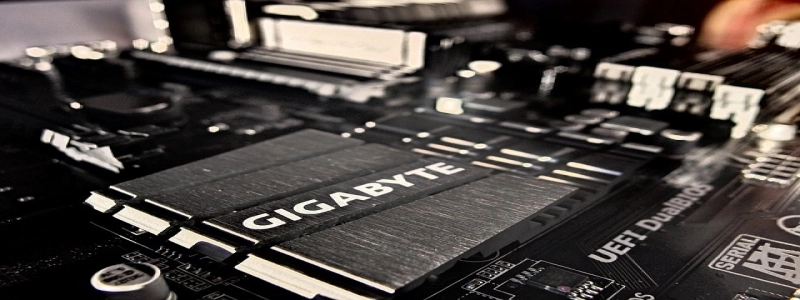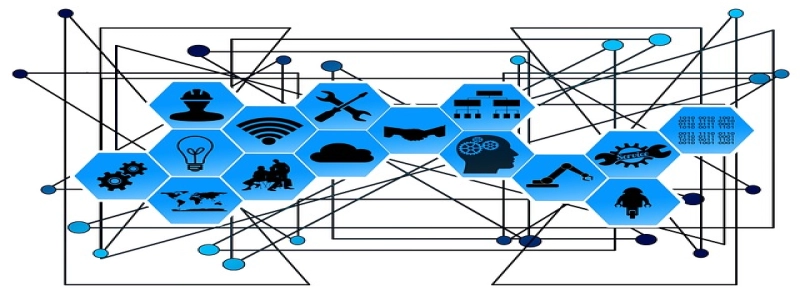Ethernet Cable Categories Explained
Introduction
Ethernet cables are crucial components in establishing wired connections for data transmission. They come in different categories, each designed to handle varying speeds and network requirements. In this article, we will delve into the different Ethernet cable categories and their characteristics.
Category 1: Cat 1 cable
Cat 1 cables are primarily used for voice transmission and have a maximum transmission speed of 1 Mbps. These cables are not suitable for data transmission and are rarely used in modern networking.
Category 2: Cat 2 cable
Cat 2 cables were once used for token ring networks but are now outdated. They have a maximum transmission speed of 4 Mbps and are not widely used anymore.
Category 3: Cat 3 cable
Cat 3 cables are commonly referred to as \”telephone cables.\” They can handle transmission speeds of up to 10 Mbps and are often used for basic Ethernet connections. However, they are not suitable for high-speed data transfer and are gradually being phased out in favor of newer cable categories.
Category 4: Cat 4 cable
Cat 4 cables can handle transmission speeds of up to 16 Mbps. They were primarily used in token ring and 10BASE-T networks, but like Cat 2 cables, they are now considered outdated and rarely used.
Category 5: Cat 5 cable
Cat 5 cables revolutionized Ethernet connectivity. They can handle transmission speeds of up to 100 Mbps and are still widely used today. These cables are suitable for most home and small office networks and support various Ethernet standards such as 10BASE-T, 100BASE-T, and 1000BASE-T.
Category 5e: Cat 5e cable
Cat 5e cables are an enhanced version of Cat 5 cables. They offer improved data transfer capabilities, reduced crosstalk, and are backward compatible with Cat 5 cables. Cat 5e cables can handle transmission speeds of up to 1000 Mbps (1 Gbps) and are ideal for modern Gigabit Ethernet networks.
Category 6: Cat 6 cable
Cat 6 cables are designed for high-speed Ethernet connections and can handle transmission speeds of up to 10 Gbps. They have tighter crosstalk specifications compared to Cat 5e cables, resulting in better overall performance. Cat 6 cables are commonly used in demanding applications such as video streaming, online gaming, and large data transfers.
Category 6a: Cat 6a cable
Cat 6a cables are an augmented version of Cat 6 cables. They are designed to support even higher transmission speeds of up to 10 Gbps over longer distances and offer improved noise reduction capabilities. Cat 6a cables are commonly used in enterprise-level networks that require extensive data transmission.
Category 7: Cat 7 cable
Cat 7 cables, also known as \”Ethernet cables,\” are designed to handle transmission speeds of up to 10 Gbps. They feature shielding to minimize interference and crosstalk, resulting in enhanced data transfer reliability. Cat 7 cables are typically used in demanding industrial and commercial environments where high-speed and reliable connections are crucial.
Conclusion
Choosing the right Ethernet cable category is crucial for establishing a reliable and efficient network connection. From the outdated Cat 1 and Cat 2 cables to the modern Cat 6a and Cat 7 cables, each category offers different speeds and capabilities to meet specific network requirements. Understanding the differences between these categories can help you make an informed decision when setting up your network infrastructure.







